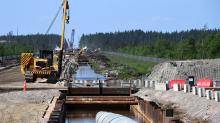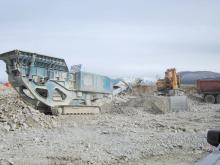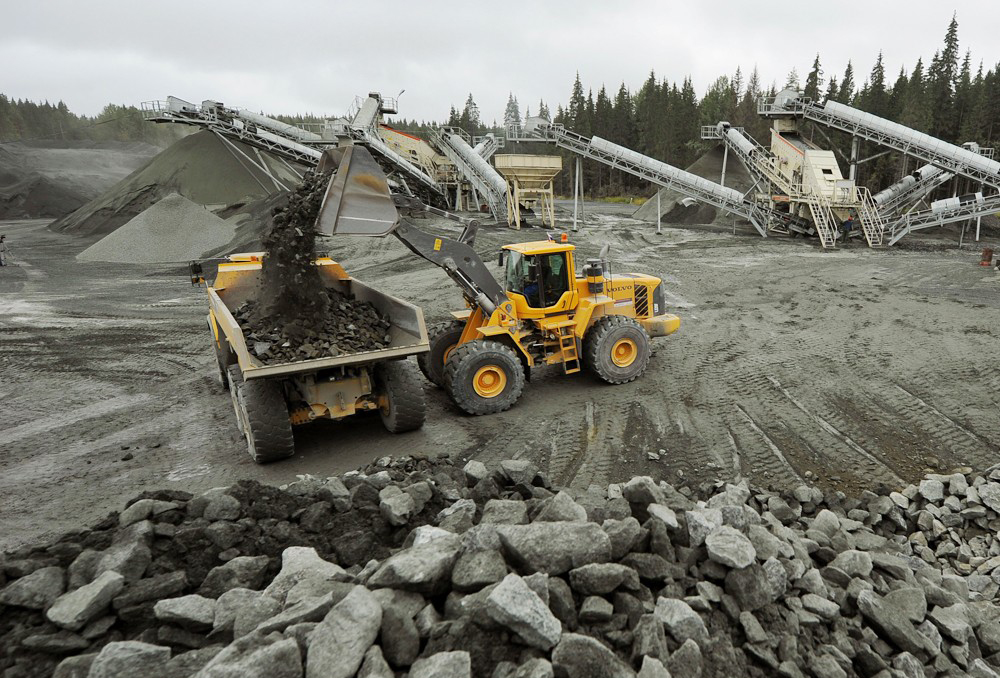
The coming months are set to see a survival of the fittest when it comes to companies trading in Russia’s huge aggregates sector. The COVID-19 pandemic has hit Russia’s economy hard, with aggregates industry analysts stating that the current national economic stagnation is likely to lead to some smaller local aggregates supply firms going out of business, and larger but no longer profitable companies becoming prime targets for acquisition by ambitious rivals. As such, surviving larger local and regional producers can expect to gain greater market share when the economy picks up and pent-up aggregates demand returns.
A period of sector realignment has already begun with the eye-catching acquisition of the Novosibirsk Quarry Administration, the largest producer and processor of building stone in Russia’s 13,100,000km² Siberia region, by the National Nerudnay Company (NNC), one of Russia’s largest producers of construction materials.
For NNC, south-west Siberia-based Novosibirsk Quarry Administration (NQA) has become the company’s first large-scale aggregates asset in Siberia. According to analysts, the deal allows NNC to significantly strengthen its position in the massive geographical region, which remains one of the most promising in terms of aggregates consumption in Russia.
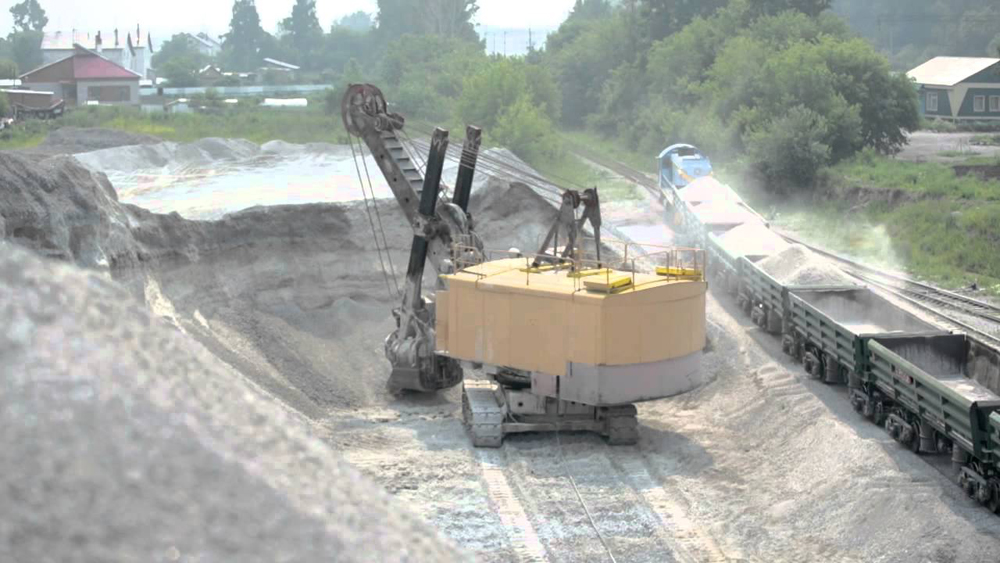
While the financial details of the NNC-NQA deal have not been disclosed, Russian aggregates industry analysts estimate it to be worth around RUB 2bn (€22.5mn).
Presently, the NQA remains one of the largest enterprises in the Siberian aggregates sector, with its production focused on the processing of building stone. Its structure is currently comprised of five quarries with different stone types, all of which are located within either the city of Novosibirsk or its surrounding area. Total balance reserves of these sites are estimated at more than 200 million m³.
So far, among the largest customers of NQA in the domestic market have been some major private and state-owned corporations, including RZD, the Russian railway monopoly, as well as some construction companies, most of which are based in Russian Siberia.
In 2019, the company’s output amounted to 8.6 million tonnes of rubble, while most analysts believe in its potential for a significant increase of these figures in years to come.
One of the largest players in the Russian aggregates market, NNC’s site portfolio consists of 12 plants, located across Russia - from the Krasnodar Territory to Karelia.
In 2018, the company’s revenue stood at RUB 22bn (€247.3mn), and net profit at RUB 2.6bn (€29.22mn). Earlier, some Russian media reported that it is owned by a well-known Russian businessman and developer, Yuri Zhukov. Currently the company holds about 8-9% of the domestic aggregates market. One of its major assets is the Pavlovsk Nerud enterprise, situated on Europe’s largest Shkurlatov granite deposit in the Voronezh region of central Russia.
According to analysts at Finam, one of Russia’s leading finance and construction research and analyst agencies, NQA accounts for about 20% of crushed stone production in the Siberian region and about 3% of the entire Russian market. Its sale to NNC will increase NNC’s share of the Russian aggregates market to 11-12%. Some analysts predict that figure could be even higher (by +3%-5%), although it will primarily depend on the level of demand for building materials in the Russian market over the next few years.
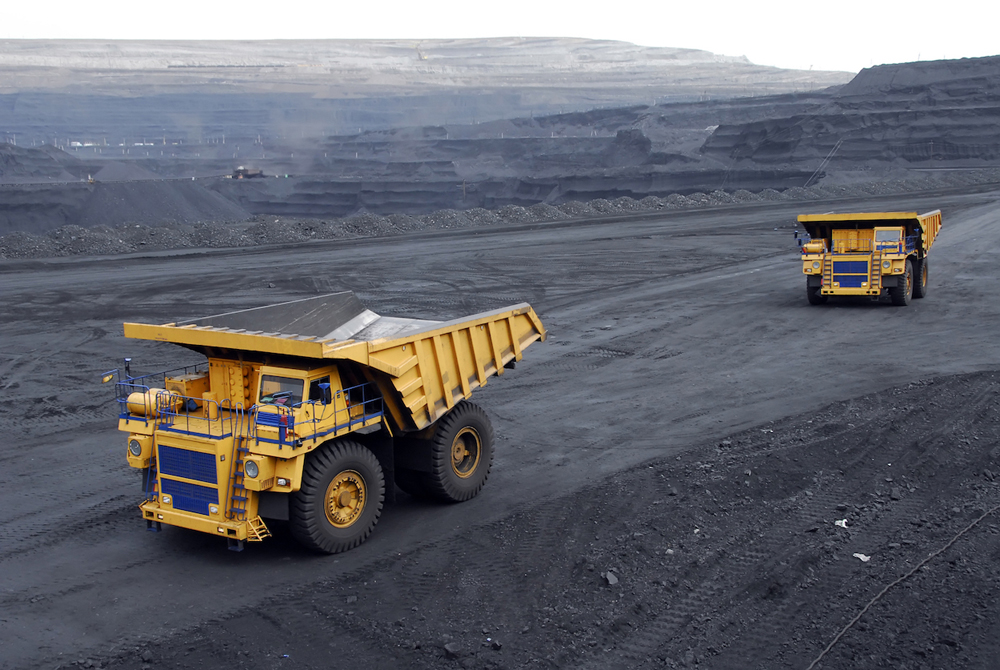
Analysts all agree, though, that the NQA acquisition will prove a major long-term growth gain for NNC. A key factor behind that is the improving demand for crushed stone and other construction materials in Russia linked to the resumption of a number of national road infrastructure and housing projects. The majority of these projects involve massive building of residential housing in the country as well as implementation of other major infrastructure projects.
Despite the general economic slowdown in Russia, caused by the pandemic, the volume of crushed stone production in the country this year continues to grow.
In the meantime, NNC is not the only aggregates producer in Russia set to implement an expansion strategy in the next few years. According to some national aggregates market sources, notable growth plans are being considered by several other leading local players, including First Nerudnaya Company (FNC) headquartered in Yekaterinburg, Western Siberia, and Lenstroykomplektatsiya, a St. Petersburg, north-west Russia-based construction materials firm.
Further expansion ambitions have also been recently announced by some leading producers from Karelia - a republic in north-west Russia, which along with St. Petersburg, currently remains one of the great centres of Russian aggregates production. Last year the volume of aggregates production in the region grew by 3% compared to 2018. Prominent aggregates producers in that part of Russia also include LLC Karelprirodresurs, LLC Prionezh Mining Company, and LLC Lafarge Aggregates and Concrete.
The planned expansions are largely based on the accelerated enlargement of existing production capacities and the opening of new sites.
In addition to domestic producers, some global aggregates players are looking to increase their footprint in the Russian market to optimise their production and increase profitability. One such company is Lafarge, which at the end of last year completed a big management shake-up of Lafarge Aggregates and Concrete, its Russian aggregates subsidiary. According to some analysts, this will enable Lafarge to speed up its growth plans in the country.
Russian analysts also note the recently announced plans of some former Soviet countries to increase their supplies of aggregates to the Russian market.
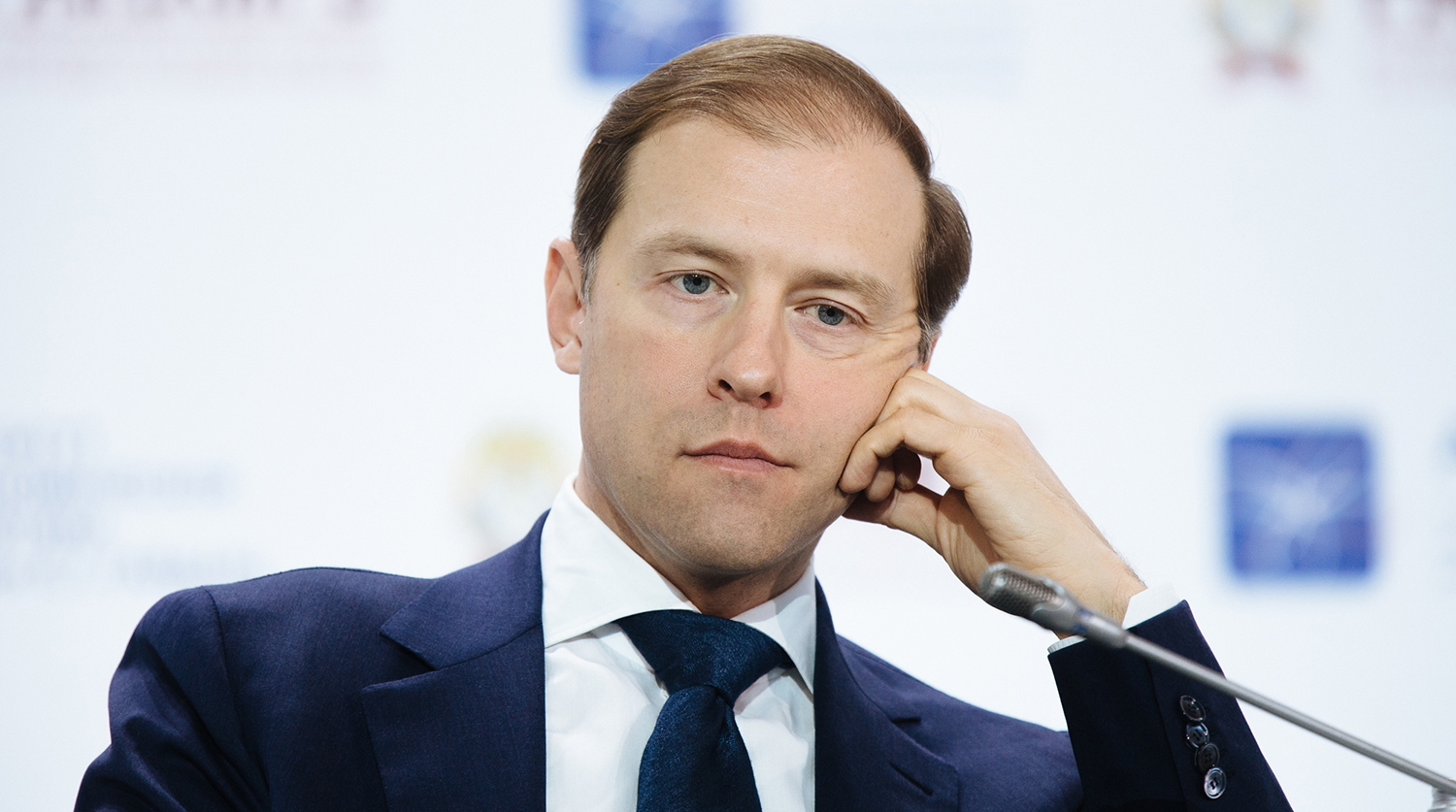
For example, Turkmenistan hopes to become one of the largest producers and exporters of aggregates in the former Soviet region and Central Asia. To support this ambition, some Turkmen producers are already working on gaining a foothold in the Russian market.
Russian aggregates sector analysts believe an influx of cheap aggregates imports from former Soviet nations may lead to the change of balance in the Russian market and, under certain circumstances, result in a reduction in market share for many local manufacturers. Currently, imports account for only 4% of Russia’s local aggregates market.
Presently, aggregate remains one of the largest segments within the Russian construction materials sector, valued at RUB 211bn (€2.37bn) per year.
The construction season in most regions of Russia starts at the end of March and lasts until October. During this time, the level of utilisation of local producer-sourced aggregates is close to 100%.
Most local producers are still hopeful that demand for their products will completely recover in 2021, which will allow them to significantly increase their output. However, much will depend on the level of Russian government agency support on offer to the domestic construction industry.

